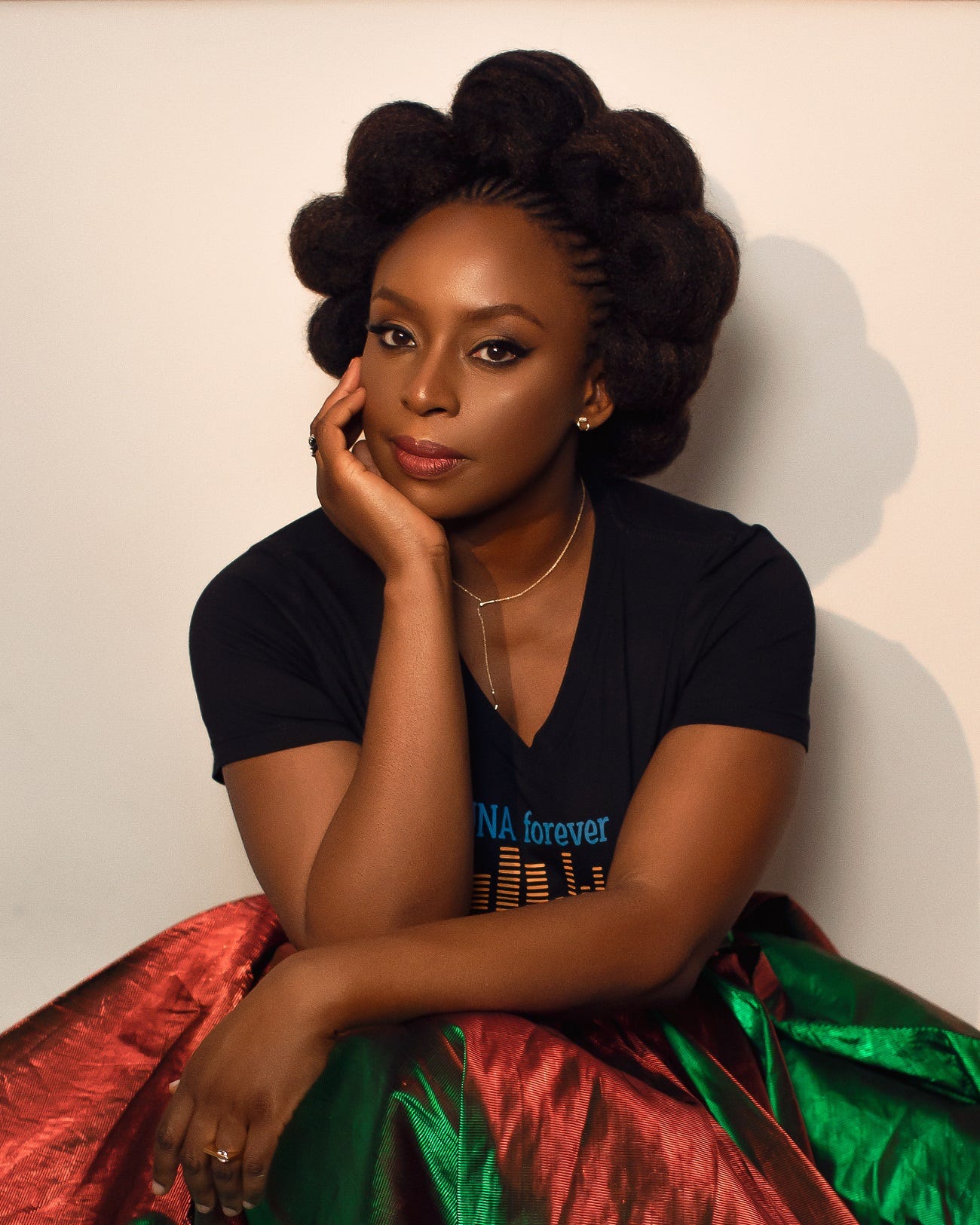The Danger of a Single Story
On the Role of Creative Readers in Resisting the Single Narrative
Chimamanda Ngozi Adichie first introduced the concept of the danger of a single story in her 2009 TED Talk, which has since become essential viewing for readers, educators, and anyone interested in how narratives shape our understanding of the world. The phrase refers to the risk we run when we reduce people, places, or experiences to a single, oversimplified narrative—often the one that’s most dominant, familiar, or culturally reinforced.
According to Adichie, stories have immense power. They can humanize, educate, and connect; but, they can also distort, limit, and stereotype. The “danger” arises when we repeatedly hear only one perspective about a group of people or a culture, usually from those who hold the most privilege or visibility. That single perspective then begins to stand in for the whole truth.
As Adichie puts it:
“The problem with stereotypes is not that they are untrue, but that they are incomplete. They make one story become the only story.”
She illustrates this idea with personal examples. Growing up in Nigeria, she read British and American children’s books where all the characters had blue eyes, played in the snow, and ate apples. It wasn’t until she encountered African literature that she realized people like her—who lived in Nigeria, ate mangoes, and had curly hair—could also be characters in books. She also recalls how, upon arriving in the U.S., her college roommate was surprised that she spoke English fluently and knew how to use a stove. Her roommate had learned a single story about Africa: one of poverty, violence, and helplessness.
In both cases, what’s missing is not intent, but breadth. A single story isn’t always malicious but the result of limited exposure. But it can still be deeply damaging. It reduces the richness of human experience to a caricature.
Adichie’s talk is a call to action: to listen to more stories, to seek complexity, and to be aware of the narratives we absorb, repeat, and pass on. It’s a powerful reminder that storytelling is never neutral. The stories we tell—and, especially, the ones we fail to tell—shape how we see each other and ourselves.
Creative Reading and Multiple Stories
In our most recent in-person literary workshop at Books & Culture, we brought Chimamanda Ngozi Adichie’s ideas into our discussion, not just by watching her TED Talk, but by reading her short story “The Thing Around Your Neck.” We shared our reading experiences and journeys as readers so far. With coffee cups in hand, we leaned into the quiet power of the story and the complexity of its narrator’s voice.
In “The Thing Around Your Neck,” Adichie creates the story of a protagonist who has left Nigeria to live in the U.S. on a student visa. What she encounters isn’t dramatic violence or overt racism, but something more insidious: a constant, silent misrecognition. She becomes the object of others’ curiosity:
“Many people at the restaurant asked when you had come from Jamaica, because they thought that every black person with a foreign accent was Jamaican. Or some who guessed that you were African told you that they loved elephants and wanted to go on a safari.”
(“The Thing Around your Neck,” Chimamanda Ngozi Adichie)
These moments of casual stereotype leave her feeling voiceless, displaced, and emotionally adrift. It is not just that she isn’t seen—it’s that she is seen incorrectly, through the lens of a single story.
What made the workshop meaningful wasn’t just the text or the TED Talk; it was the act of reading together. When we gather as readers, we don’t just consume stories passively. We interpret, challenge, question, and bring our own stories to meet them. That’s what I mean when I talk about creative reading. It’s a practice of openness: of listening to multiple voices, of resisting the easy summary, of reading with curiosity rather than certainty.
Workshops like this one show why reading is not just a solitary act but a communal one. Literature, at its best, disrupts the single story. It multiplies perspective.
Resisting the single narrative
At the heart of resisting the single story lies the reader. Not just any reader, but the creative reader. In our workshop, we spoke about creative reading as a conscious practice. It means showing up to the page with openness, attention, and a willingness to be moved. It means refusing to read passively. Instead of letting the text wash over us, we engage with it, question it, annotate it, argue with it, and carry it into our conversations and our lives.
A creative reader does not accept the world of the story as fixed or closed. They ask: Whose voice is speaking? Whose voice is missing? What assumptions are being made? And, what do I bring as a reader that shifts how I understand this text?
This kind of reading resists the trap of single narratives. It insists on complexity. It reminds us that no character, culture, or country can be reduced to a single version of itself. When we read creatively, we don’t just consume stories, we participate in them. We make meaning. We map our own experience onto the narrative and allow the narrative to shape how we move through the world.
That’s why reading in community matters. Alone, we might notice one detail; together, we notice ten. A workshop becomes a place of discovery, not because we all agree (that would be boring!), but because we all add something. As creative readers, we step beyond the safety of familiar stories and open ourselves to the beauty, messiness, and plurality of voices.
Want to study literature with Books & Culture? Join us!






I watched that Ted talk for a Humanities class. It was a great talk. This article is eloquent and really does the topic justice. Well done!
this is so well articulated. I love that Talk and it’s great to call attention to how important it is.